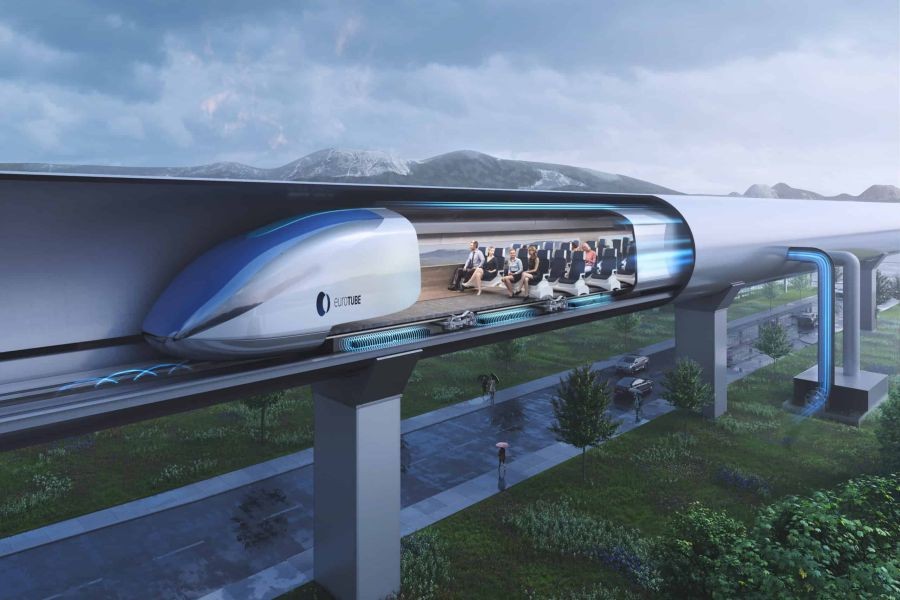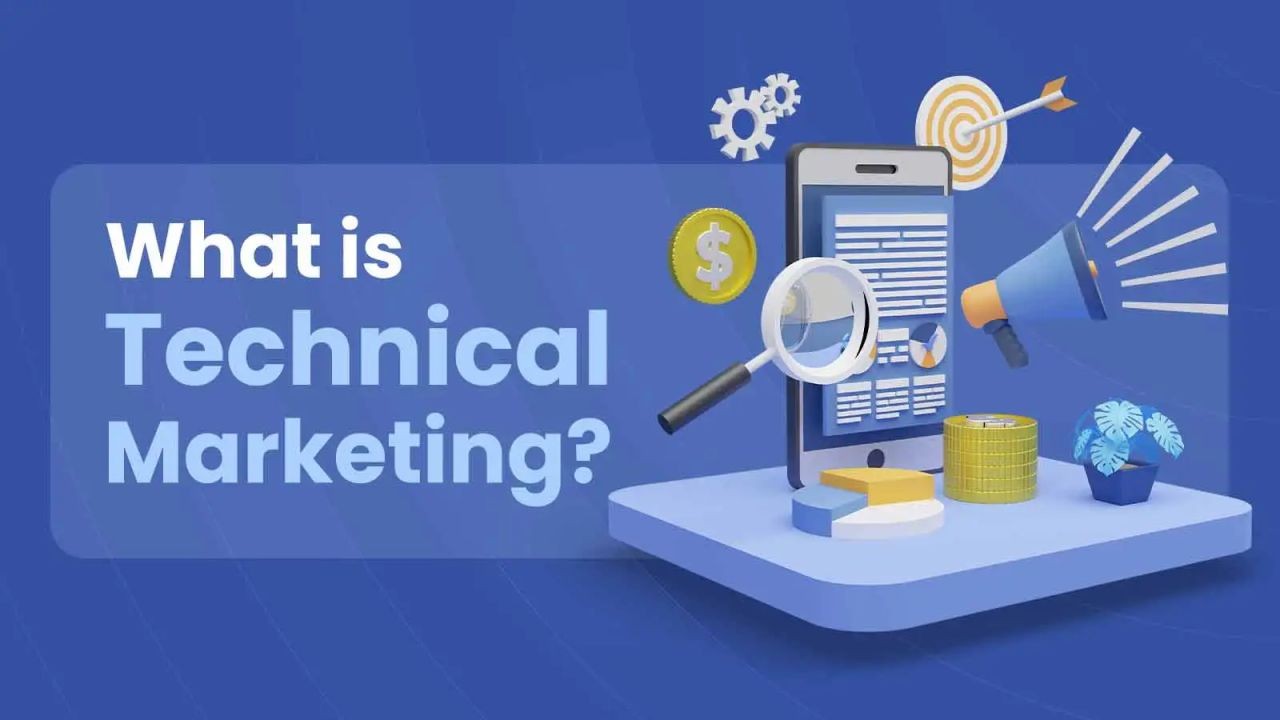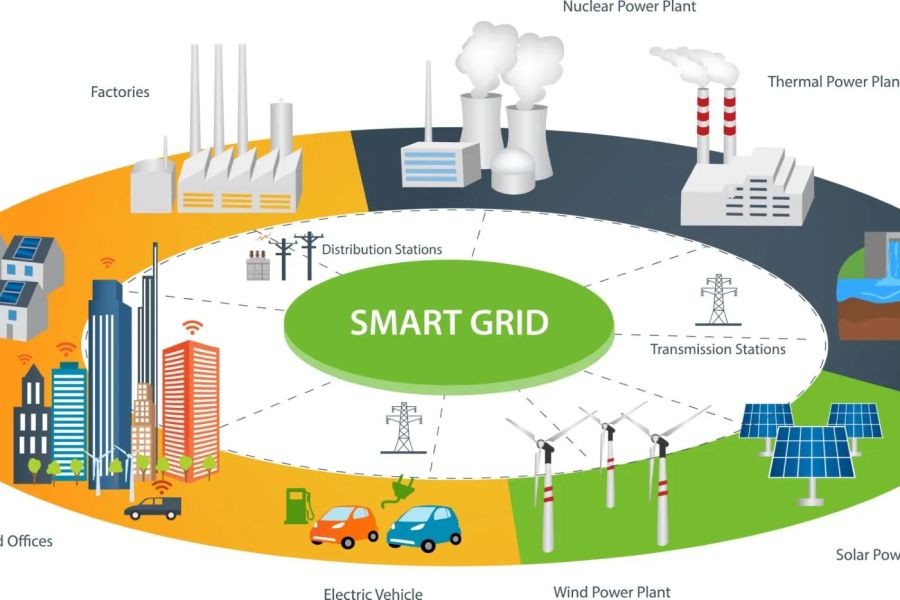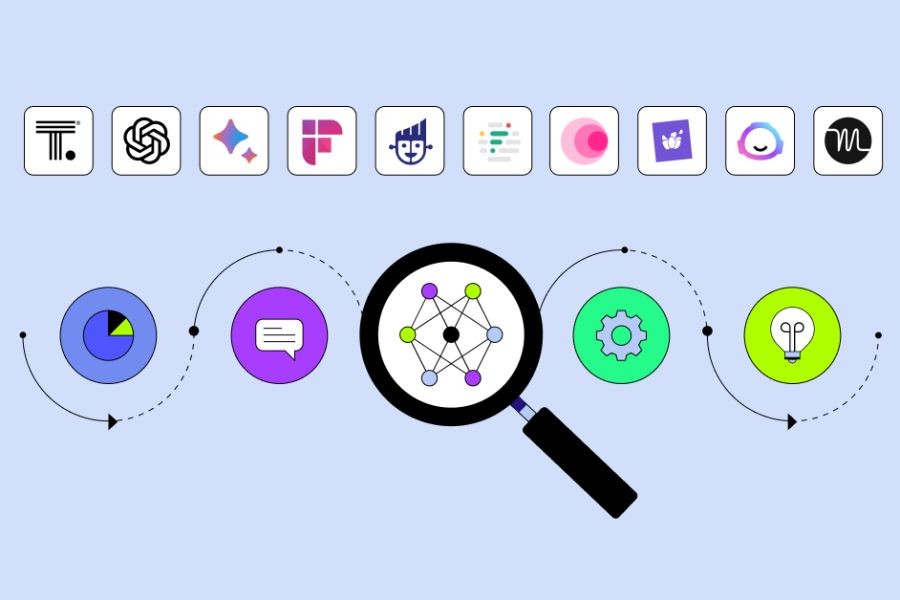Australia's vast landscape presents unique challenges for freight transportation. The introduction of hyperloop technology has the potential to revolutionize this sector, offering faster, more efficient, and environmentally friendly transport options. As Australia seeks to enhance its infrastructure and economic productivity, understanding how hyperloop technology could impact freight transport is crucial.
Understanding Hyperloop Technology
The hyperloop concept, popularized by Elon Musk, involves a sealed tube or system of tubes through which a pod may travel free of air resistance or friction, conveying goods at high speeds. This technology promises to transport freight faster than airplanes and at a fraction of the cost.
Potential Benefits for Australian Freight Transport
- Speed and Efficiency: Hyperloop systems could drastically reduce transportation times across Australia's vast distances, enhancing supply chain efficiency.
- Cost Reduction: With lower operational costs compared to traditional rail and road freight, businesses could see significant savings.
- Environmental Impact: As a zero-emission technology, hyperloop could help Australia meet its environmental goals, reducing the carbon footprint of freight transport.
Investment Analysis: Hyperloop in Australia
Australia's government and private sectors are continuously seeking ways to improve infrastructure to support economic growth. According to the Australian Bureau of Statistics (ABS), freight transport is a critical component of the national economy, contributing significantly to GDP. Implementing hyperloop technology could enhance this contribution by optimizing the supply chain and reducing costs.
However, the initial investment required for hyperloop infrastructure is substantial. Decisions must weigh potential ROI against the high upfront costs and technological uncertainties.
How Hyperloop Works: A Deep Dive
Hyperloop systems utilize magnetic levitation and low-pressure tubes to minimize air resistance, allowing pods to travel at speeds exceeding 1,000 km/h. This technology requires significant infrastructure development, including the construction of vacuum-sealed tubes and stations. Such an investment would necessitate collaboration between government bodies and private enterprises.
Case Study: Virgin Hyperloop's Global Impact
Virgin Hyperloop has successfully completed test runs, demonstrating the viability of hyperloop technology. While not yet operational commercially, the company's progress indicates a promising future for freight transport. In the context of Australia, leveraging this technology could provide a competitive edge in global trade, facilitating faster export and import processes.
Pros and Cons of Hyperloop Adoption in Australia
✅ Pros:
- Boost to Economy: Enhanced freight transport could increase trade efficiency, benefiting the Australian economy.
- Job Creation: Infrastructure projects would create jobs, particularly in engineering and construction sectors.
- Innovation Leader: Adoption of hyperloop could position Australia as a leader in cutting-edge transportation technology.
❌ Cons:
- High Initial Costs: The significant investment required could deter stakeholders.
- Technological Uncertainty: As a relatively new technology, there are risks associated with operational efficacy and safety.
- Regulatory Hurdles: Navigating the regulatory landscape, including ACCC guidelines, presents challenges.
Regulatory Insights and Challenges
The Australian Competition & Consumer Commission (ACCC) would play a vital role in regulating hyperloop systems, ensuring fair competition and safety standards. Additionally, collaboration with the Australian Prudential Regulation Authority (APRA) may be necessary to address financial and investment concerns.
Future Trends and Predictions
The future of hyperloop technology in Australia looks promising. As global demand for faster, more efficient freight solutions grows, hyperloop systems could become a critical component of the national transport infrastructure. By 2030, we may witness the first operational hyperloop routes, significantly impacting the economy and logistics sector.
Common Myths & Mistakes
- Myth: Hyperloop will completely replace existing transport methods.
- Reality: While transformative, hyperloop will likely complement rather than replace existing systems, offering an alternative for long-distance freight.
- Myth: Hyperloop is too futuristic to be viable.
- Reality: With successful test runs globally, hyperloop is closer to reality than many assume.
Final Takeaways
- Hyperloop technology holds the potential to revolutionize Australia's freight transport, offering faster, cheaper, and greener solutions.
- Initial costs and regulatory hurdles are significant but surmountable with strategic planning and collaboration.
- Investment in hyperloop infrastructure could position Australia as a leader in innovative transportation solutions.
As the conversation around hyperloop continues, real estate experts and investors should monitor developments closely. The integration of this technology could reshape not only transport but also the broader economic landscape, offering new opportunities for growth and innovation in Australia.
People Also Ask
- How does hyperloop impact freight cost? Hyperloop technology could significantly reduce freight costs by offering faster transport at a fraction of the current cost.
- What are the regulatory challenges for hyperloop in Australia? Navigating ACCC guidelines and ensuring safety and competition standards will be crucial challenges for hyperloop implementation.
Related Search Queries
- Hyperloop technology Australia
- Freight transport innovation
- Hyperloop investment opportunities
- Future of Australian logistics
- Environmental impact of hyperloop



































RosalindZe
4 months ago